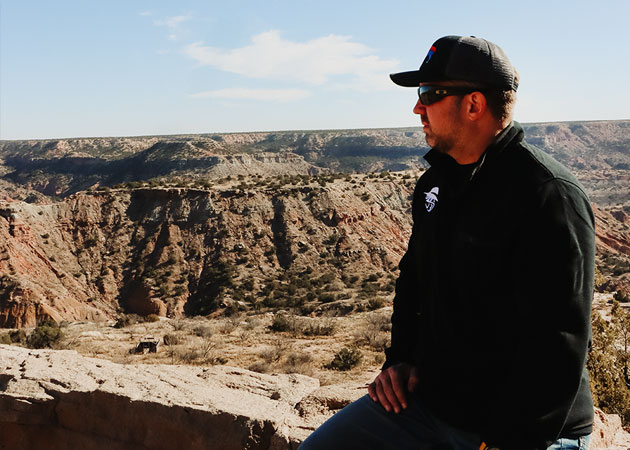Super Pigs
Super pigs, pigs, swine, hogs, boars – whichever name you give them, these omnivores are poised to wreak havoc on the environment in Canada and the United States.
A group of “super pigs” that appear to be traveling from Canada to the northern US pose a serious threat to native wildlife and humans. Researchers are concerned that the potential impact of hogs is growing in the US with North America facing a serious swine-related threat.
The Canadian super pig is a hybrid species made by mating domestic pigs and wild boars.
According to the US-based Field and Stream website, the super pigs resulted from Canadian farmers breeding large-bodied pigs far more resistant to the cold. Resulting in pigs capable of surviving and reproducing at temperatures that would have killed off other types of livestock.
Though they initially lived in captivity, a decline in the market for boar led to the freeing of many of them, reported a UK-based science website IFL Science.
These hogs survive during winters by “tunneling under the snow. They go into a cattail marsh and channel into the soft snow and cut nests in the cattails. If you go early in the morning on a cold day, you can actually see steam pouring out the top of the nests.”
If substantial action is not taken, the pigs will pose numerous threats to wildlife in Canada and North America.
The super pigs have been destroying crops, causing harm to ecosystems, contaminating watersheds, spreading diseases, and even killing other huge wild animals since the 1980s.
In order to rear the wild animals for meat, the farmers started breeding them with domestic pigs already present in Canada. These two pig species were not indigenous to Canada.
These super pigs have been able to “breed unrestrained for decades,” according to the university, which has dramatically increased their population in Canada. Super pigs have also harmed the ecosystem. A pasture invaded by super pigs looks like it had run afoul of a herd of backhoes.
What Can Be Done?
In order to prevent a bigger problem, several tools such as trapping, utilizing “Judas Pigs,” and eliminating entire pig families, should be used to kill wild hogs.
Experts urged hunters to refrain from killing any hogs. Sport hunting is not part of the solution because it breaks up groups and makes things worse.
In less than 20 years, the wild—or feral—population exploded, in part due to the species’ extraordinarily high reproductive rate. Wild boars now roam approximately 620,000 square miles in Canada, primarily in the Prairie Provinces of Saskatchewan, Manitoba, and Alberta.
Wild hogs can be found in social units called sounders. These sounders usually include one or several mature sows with one or more generations of offspring. A sounder can be comprised of a few individuals to several dozen. Sub-adult males will disperse from the sounder at approximately 16 months of age, while females may stay with the sounder or leave to begin their own at about one year of age. You may find newly dispersed boars in small social units called bachelor groups. By the time boars reach full maturity, they are usually completely solitary, only interacting with sounders to breed.
Photo by Rolf Schmidbauer on Unsplash



